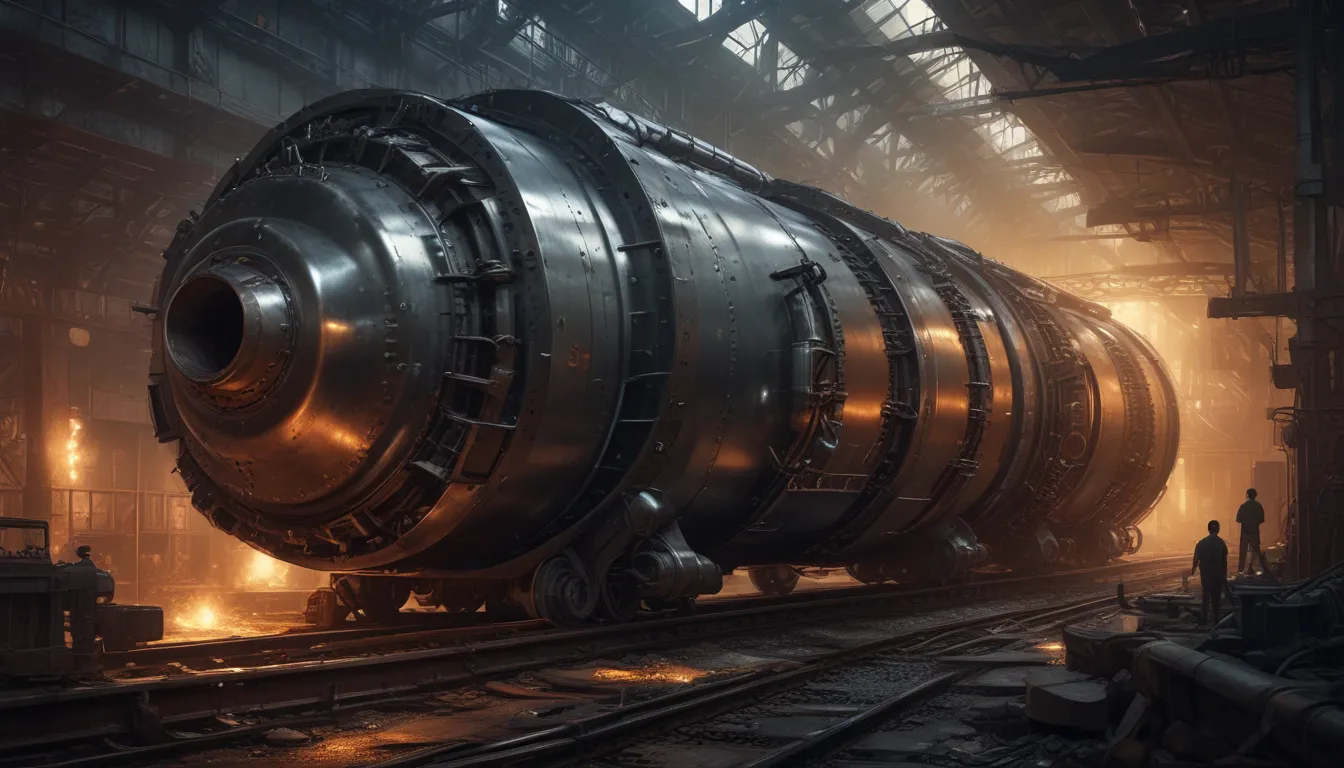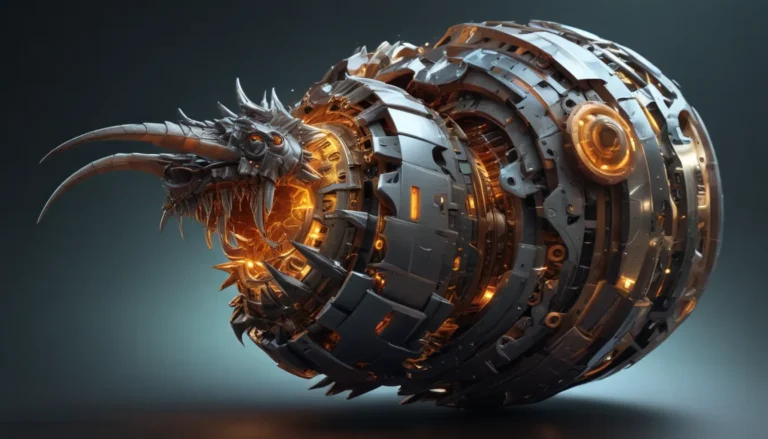A Note About Images: The images used in our articles are for illustration purposes only and may not exactly match the content. They are meant to engage readers, but the text should be relied upon for accurate information.
Steel, a material that has played a significant role in shaping our modern world, is more than just a metal alloy. Its strength, versatility, and durability have made it an essential component in various industries, from construction and transportation to manufacturing and beyond. Let’s delve into 11 fascinating facts about steel, shedding light on its composition, history, and diverse applications.
Steel: The Iron Alloy
At its core, steel is an alloy primarily composed of iron, with small amounts of carbon and other elements. The carbon content in steel plays a crucial role in determining its strength and hardness. By carefully controlling the levels of carbon, different grades of steel with varying properties can be produced to meet specific requirements.
Unveiling Ancient Origins
The roots of steel can be traced back thousands of years to early civilizations in India and the Middle East. These ancient societies were among the first to discover the process of creating steel through smelting, a method that involves heating iron ore with charcoal. This groundbreaking discovery revolutionized the production of tools and weapons, propelling advancements in ancient civilizations.
The Industrial Revolution: Steel’s Turning Point
The Industrial Revolution marked a pivotal moment in the history of steel. In the 18th century, the invention of the steam engine paved the way for new technologies, including the mass production of steel. This advancement played a crucial role in fueling rapid growth in industries such as railroads, machinery, and construction, ushering in a new era of innovation and progress.
Unleashing Steel’s Strength
One of steel’s most remarkable qualities is its exceptional strength-to-weight ratio. Its incredible sturdiness allows it to withstand immense pressure, making it an ideal choice for building structures and infrastructure that require durability and resilience. From towering skyscrapers to long-span bridges, steel serves as the backbone of some of the world’s most iconic landmarks.
Embracing Steel’s Versatility
Steel’s versatility knows no bounds. It can be molded and shaped into various forms, making it suitable for a wide range of applications. Whether it’s used in the construction of automobiles, appliances, or surgical instruments, steel offers unparalleled flexibility and adaptability, showcasing its versatility in diverse industries.
The Global Advocate for Recycling
Steel stands out as the most recycled material globally, making it an environmentally friendly choice. Recycling steel not only conserves natural resources but also saves energy and reduces carbon emissions. This sustainable aspect of steel makes it an appealing option for a more eco-conscious future, highlighting its commitment to environmental stewardship.
Harnessing Stainless Steel’s Resistance
Stainless steel, a popular variant of steel, boasts exceptional resistance to corrosion and staining. This unique characteristic is attributed to the presence of chromium in its composition, forming a protective layer that shields it from the effects of rust and oxidation. Stainless steel finds extensive use in kitchen appliances, medical equipment, and architectural features, showcasing its durability and reliability.
Thriving in High-Temperature Environments
Certain types of steel, such as heat-resistant alloys, demonstrate the ability to withstand extreme temperatures without compromising their strength. These steels are commonly utilized in applications involving high temperatures, including aerospace components, power plants, and industrial furnaces. Their resilience in harsh conditions makes them indispensable in critical industries where durability is paramount.
Reinforcing the Concrete Jungle
Steel plays a vital role in reinforcing concrete structures through a composite material known as reinforced concrete. This innovative blend combines the compressive strength of concrete with the tensile strength of steel, resulting in structures that can withstand heavy loads and resist cracking. Reinforced concrete is a cornerstone of modern construction, offering robust and durable solutions for building infrastructure.
The Economic Impact of the Steel Industry
The steel industry serves as a significant contributor to the global economy, providing employment opportunities and driving economic growth across various countries. Advancements in steel manufacturing processes have led to increased efficiency and reduced environmental impact, further enhancing the industry’s value as a vital economic driver.
Steel: An Integral Part of Everyday Life
Steel has seamlessly integrated into our everyday lives, from the vehicles we drive to the cutlery we use. Its strength, reliability, and aesthetic appeal make it an ideal choice for both functional and decorative purposes, underscoring its ubiquitous presence in our modern world and showcasing its enduring legacy in society.
In Conclusion
The rich history, exceptional strength, and unparalleled versatility of steel have solidified its position as a vital material in numerous industries. From ancient civilizations to modern-day innovations, steel continues to shape our world in profound ways. As we navigate towards a more sustainable future, the recyclability and eco-friendly aspects of steel make it an indispensable ally in our journey towards a greener tomorrow.
Frequently Asked Questions (FAQs)
What is the difference between steel and iron?
- Steel is an alloy of iron, while iron is a pure element. The addition of carbon and other elements to iron gives steel its enhanced strength and desirable properties.
Is steel stronger than concrete?
- Yes, steel is stronger than concrete in terms of tensile strength. Reinforcing concrete with steel bars or mesh provides the necessary tensile strength for robust structures.
Can steel rust?
- Steel can rust when exposed to moisture and oxygen. However, stainless steel contains chromium, which forms a protective layer, preventing rust and corrosion.
How is steel recycled?
- Steel is recycled through a process called scrap metal recycling. Scrap steel is collected, sorted, and melted down in furnaces to create new products, reducing the need for virgin steel production.
What are the different types of steel?
- There are numerous types of steel, each with its own composition and properties. Common types include carbon steel, stainless steel, alloy steel, tool steel, and mild steel.
At the core of our commitment lies the relentless pursuit of delivering accurate and engaging content to our readers. Every fact shared is a result of the collective knowledge and experiences contributed by users like you, ensuring a diverse and insightful pool of information. Our dedicated editors rigorously review each submission to uphold the highest standards of authenticity and reliability. Trust in our dedication to quality and authenticity as we embark on a journey of exploration and learning together.





